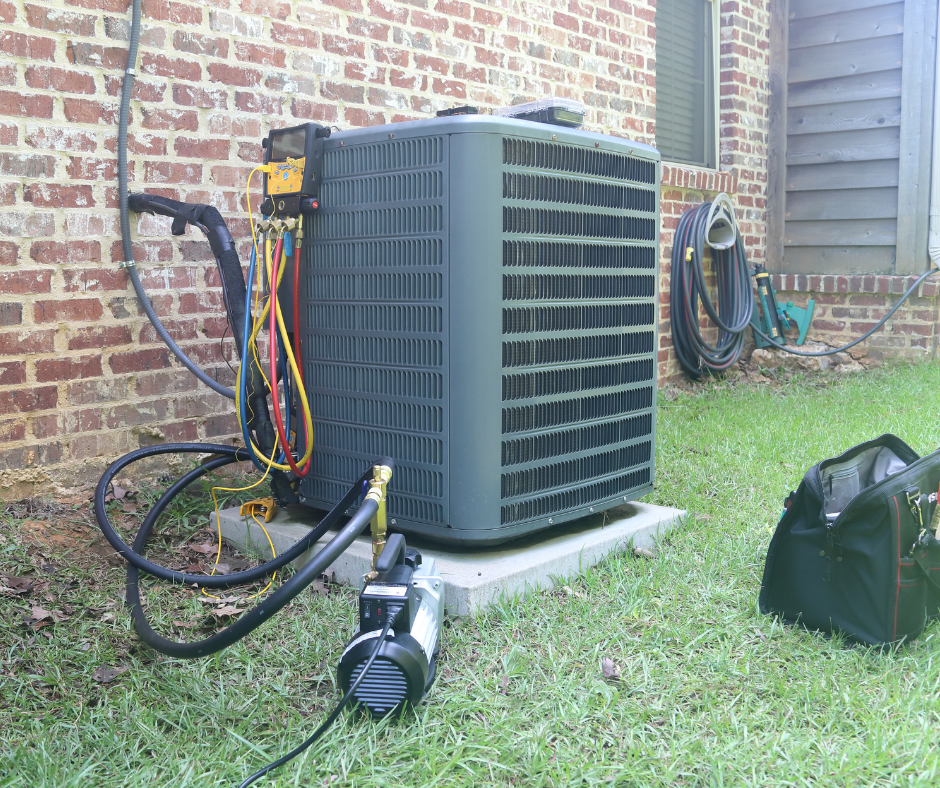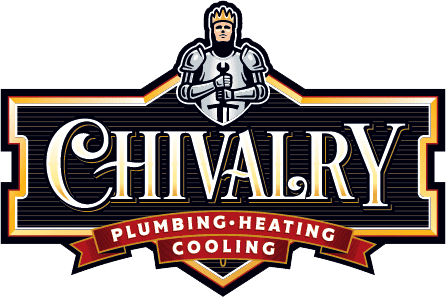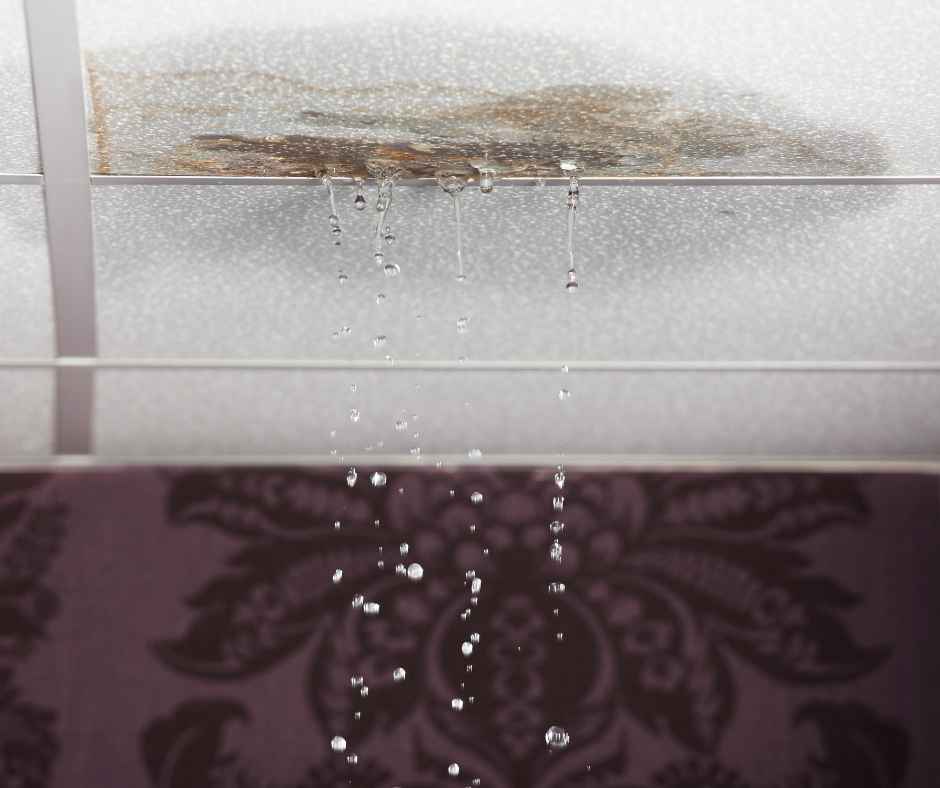
7 Early Warning Signs of a Hidden Leak (and How to Fix Them Fast)
Water leaks are one of the most frustrating and costly plumbing issues a homeowner can face—especially when they’re hidden behind walls, under floors, or inside ceilings. Left unchecked, even a small hidden leak can lead to mold, structural damage, and skyrocketing water bills. The problem? Many leaks go unnoticed for weeks or even months until the damage is already done. That’s why knowing the early warning signs is critical. Spotting subtle symptoms and acting quickly can protect your home and your wallet.
In this blog, we’ll walk through seven common signs of a hidden leak and share practical ways to catch and fix them fast.
Why Hidden Plumbing Leaks Are a Big Deal
Plumbing leaks don’t always announce themselves with obvious puddles or dripping sounds. In fact, many of the most damaging leaks remain out of sight, slowly wreaking havoc behind walls or beneath your home’s foundation. That’s what makes them so dangerous—by the time you see visible signs, it’s often too late to prevent damage.
Hidden leaks can weaken drywall, rot wood framing, and invite mold to grow in dark, damp spaces. Over time, this can compromise the structural integrity of your home and endanger your family’s health. If water collects around electrical wiring or insulation, it can also pose a serious fire hazard. Even worse? The longer a leak goes unnoticed, the more expensive the repairs can become—not to mention the spike in your water bill.
In Colorado homes, where seasonal weather changes put stress on plumbing systems, leaks can go from minor to major without warning. That’s why identifying and addressing leaks early is essential for maintaining a safe and healthy living space.
7 Early Warning Signs of a Hidden Leak
Hidden leaks don’t always leave a trail of water behind. Instead, they show up through subtle, easy-to-miss symptoms. If you catch these signs early, you can save yourself thousands in damage and repairs. Below are seven of the most common red flags that point to a hidden leak somewhere in your plumbing system.
1. Unexplained Increase in Water Bills
One of the earliest and easiest-to-track signs of a hidden leak is a sudden spike in your monthly water bill. If your household habits haven’t changed but the bill keeps climbing, there’s a good chance water is escaping somewhere unseen.
2. Musty or Damp Odors
That persistent, earthy smell you can’t seem to trace? It could be mold or mildew caused by trapped moisture. Leaks inside walls or under floors create the perfect breeding ground for these odors.
3. Peeling Paint or Bubbling Wallpaper
Moisture behind walls can cause your paint or wallpaper to blister, bubble, or peel. These visual clues often show up long before actual water damage appears on the surface.
4. Warped Floors or Sagging Ceilings
If you notice buckling hardwood, warped laminate, or soft spots in drywall, water may be seeping beneath or above those surfaces. These issues often signal a long-standing leak.
5. Mold or Mildew Growth in Unusual Places
Mold near bathtubs or sinks is one thing—but if you’re finding it in corners of rooms, along baseboards, or in closets, you may be dealing with a hidden plumbing issue.
6. Sounds of Running Water When Everything’s Off
When no faucets are running and toilets haven’t been flushed, but you can still hear water trickling or dripping inside walls, a leak is likely to blame.
7. Water Stains on Walls or Ceilings
Brown or yellow stains that appear out of nowhere are often the result of a leaking pipe above or behind the surface. These stains can spread and darken over time as the leak continues.
Why Do Hidden Leaks Happen?
Even the most well-built plumbing systems aren’t immune to wear and tear. Over time, a variety of common issues can lead to hidden leaks—and many of them develop without any obvious warning until damage is already done.
Aging Pipes and Fittings
As pipes age, they become more prone to corrosion, pinhole leaks, and cracks. This is especially true for older homes that may still have galvanized or polybutylene piping. Pipe joints and connections can also loosen with time, causing slow leaks that start small but escalate quickly.
High Water Pressure
While strong water pressure feels great in the shower, it can stress your pipes and cause them to burst or leak over time. Hidden leaks from water pressure often form at joints and valves, making them hard to detect.
Seasonal Temperature Changes
In colder climates, pipes can contract and expand with the seasons—especially when freezing and thawing occur. This movement can create stress fractures in your plumbing, particularly in areas with little insulation or poor airflow.
Poor Installation or Repairs
Improperly installed plumbing or DIY repairs done without professional guidance can result in leaks down the road. If fittings are overtightened, not sealed properly, or incorrectly sized, they may fail over time.
Shifting Foundation or Settling Structures
Natural settling or foundation shifts can place pressure on plumbing lines, causing them to bend, separate, or break—especially in slab or crawlspace plumbing systems.
Understanding these causes helps you not only spot the warning signs but also prevent future leaks from forming in vulnerable parts of your system.
How to Fix a Hidden Leak Quickly and Safely
When it comes to hidden leaks, time is your most valuable asset. The faster you act, the less damage your home will suffer—and the smaller your repair bill is likely to be. Here’s how to respond once you suspect or confirm a leak.
Step 1: Shut Off the Water Supply
The moment you notice a potential leak, shut off the main water valve to your home. This prevents further damage and gives you time to assess the situation.
Step 2: Locate the Source (If You Can)
Look for visible signs like water stains, peeling paint, or bubbling drywall. Listen for dripping or running water inside walls. Sometimes, the leak’s source will be obvious; other times, it may require further investigation.
Step 3: Use Temporary Containment Measures
Place towels, buckets, or plastic sheeting around the affected area to catch dripping water. If the leak is near electrical outlets or wiring, turn off power to that area of the home for safety.
Step 4: Call a Licensed Plumber
Hidden leaks are rarely DIY-friendly. Once you’ve stabilized the situation, call in a professional plumber. A trained expert will use leak detection tools—like moisture meters, thermal imaging, or acoustic sensors—to pinpoint the leak and provide a safe, lasting repair.
Step 5: Repair and Restore
Once the leak is fixed, address any water damage to drywall, flooring, or insulation. Mold remediation may be necessary if the leak went unnoticed for some time. Your plumber can advise you on next steps or refer a qualified restoration professional.
Acting fast and bringing in expert help ensures your home is protected not just from today’s leak—but from future ones too.
How to Prevent Hidden Leaks in the Future
While you can’t always stop a hidden leak before it starts, you can absolutely lower your risk with some smart, consistent maintenance. These proactive steps help protect your plumbing system and give you peace of mind all year long.
Schedule Routine Plumbing Inspections
Having a licensed plumber inspect your pipes annually can catch early signs of corrosion, stress, or weak connections—before they turn into full-blown leaks. Think of it as a wellness check for your home’s plumbing system.
Install a Leak Detection System
Smart leak detectors can be placed near appliances, under sinks, or in basements to alert you to moisture before damage occurs. Some systems even shut off your main water supply automatically if a leak is detected.
Monitor Water Pressure
Keep your water pressure within the recommended range (typically 40–60 psi). Installing a pressure regulator can help prevent stress on your pipes and fittings, especially in older homes.
Insulate Vulnerable Pipes
Pipes located in basements, crawlspaces, or near exterior walls are more prone to temperature fluctuations. Pipe insulation can protect against freezing in the winter and expansion in the summer.
Avoid DIY Plumbing Repairs
Unless you’re trained, it’s best to leave repairs and upgrades to licensed professionals. A bad patch job can create long-term problems—and hidden leaks are often the result of shortcuts taken during previous work.
By maintaining your plumbing system and investing in early-warning tech, you can prevent damage, save money, and keep your home safe and dry.
Wrap-Up: Catch Leaks Early and Keep Your Home Protected
Hidden leaks don’t have to be a homeowner’s worst nightmare. By learning to recognize the early signs, understanding what causes them, and taking quick, informed action, you can protect your home from serious damage. Even better, regular maintenance and professional inspections can help you prevent most hidden leaks before they start.
If you suspect a hidden leak or want to ensure your plumbing is in top shape, don’t wait. Contact Chivalry Plumbing, Heating & Cooling today. We’re here to help you fix issues fast—with honorable service you can trust.
Recent News
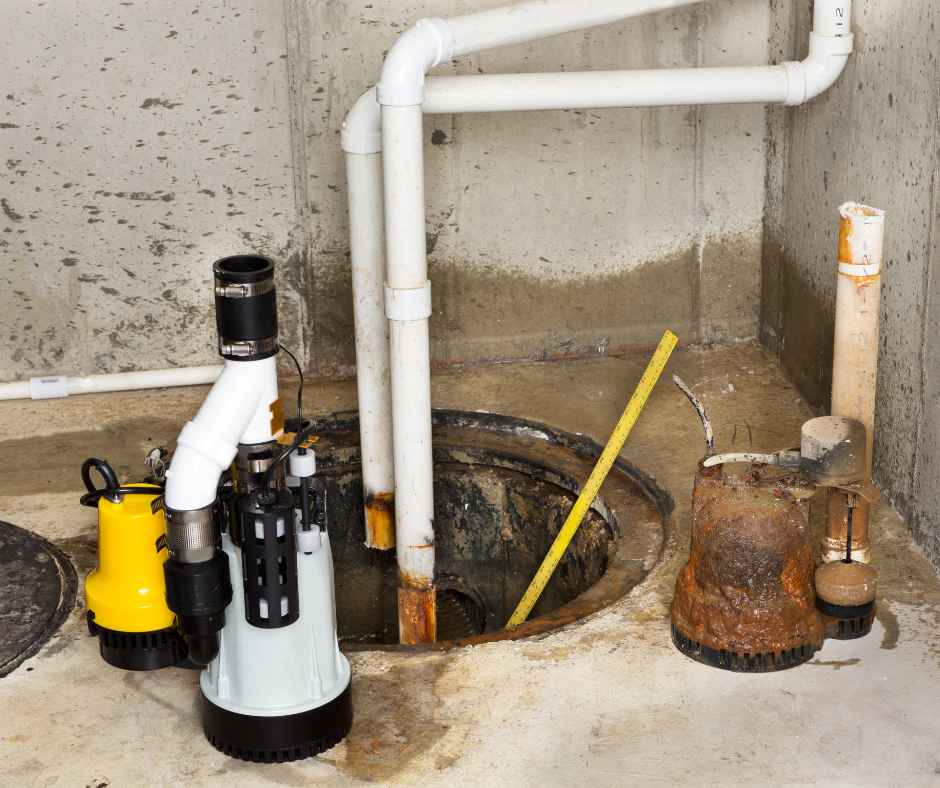
Smart Plumbing Upgrades That Save You Money in New York
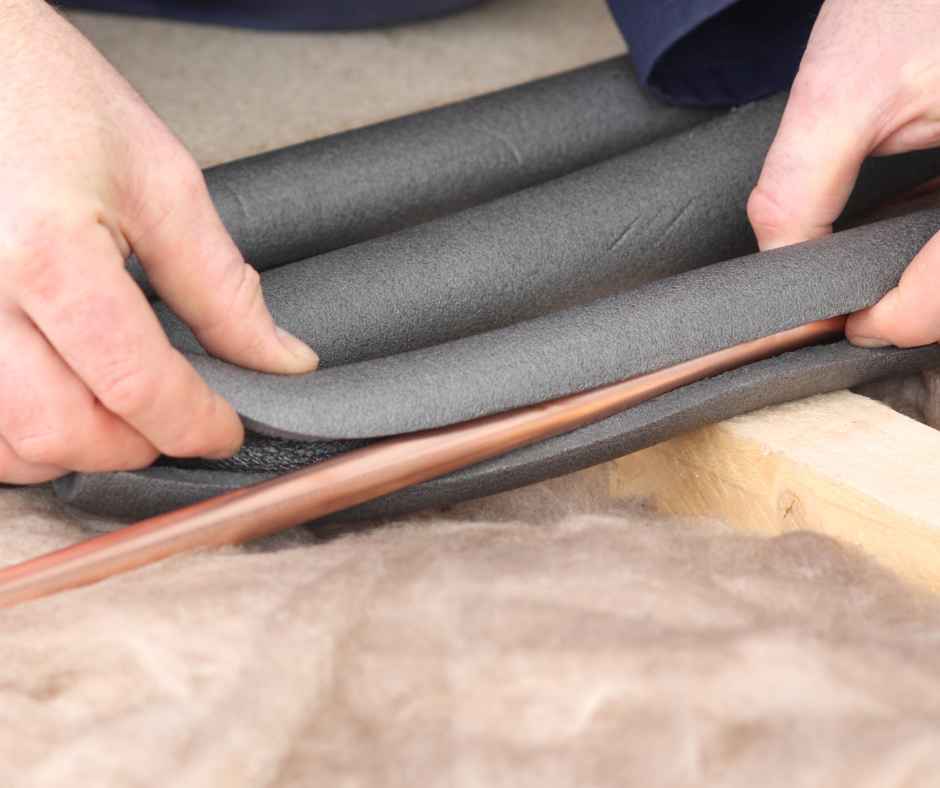
Freeze & Burst Protection in Massapequa: How to Safeguard Pipes Before Winter
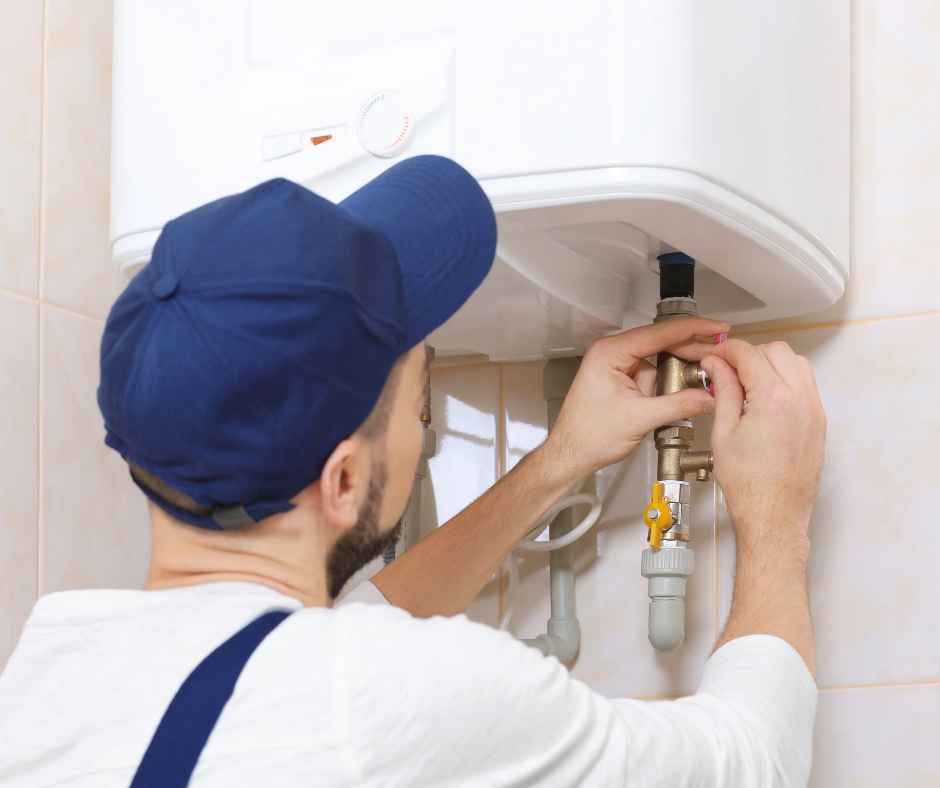
Massapequa Home Plumbing Audit: 20-Point Checklist

Tankless vs. Traditional Water Heaters: An Unbiased Cost-Benefit Analysis
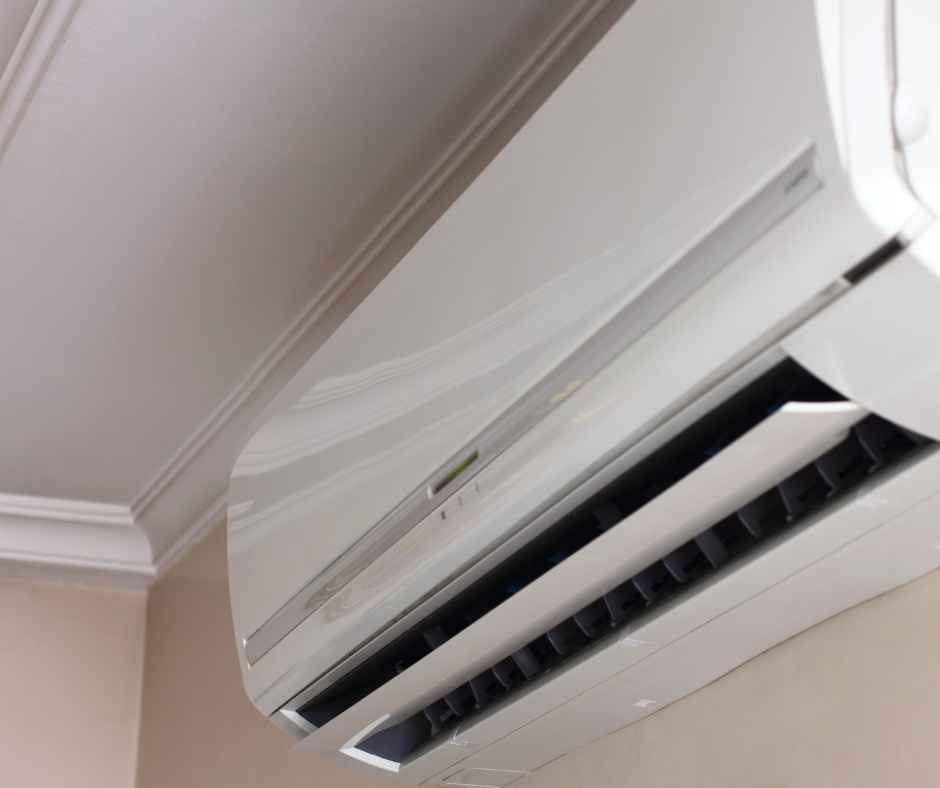
Ductless vs. Central Air Conditioning: Which Is Right for Your Home?
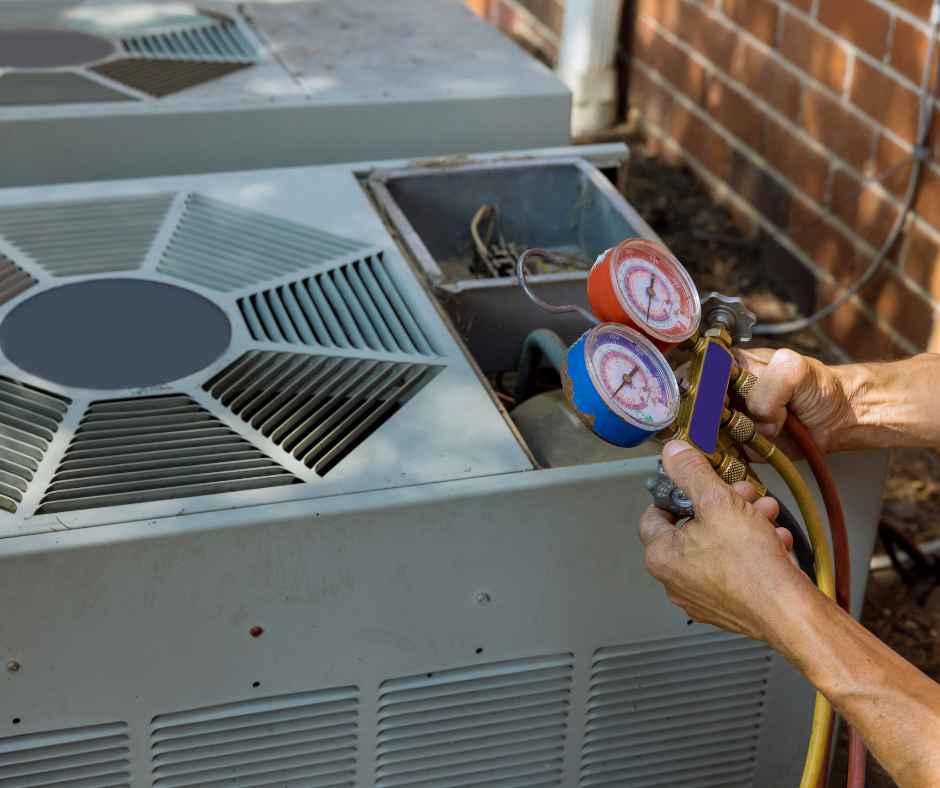
Why Is My AC Leaking Water?
